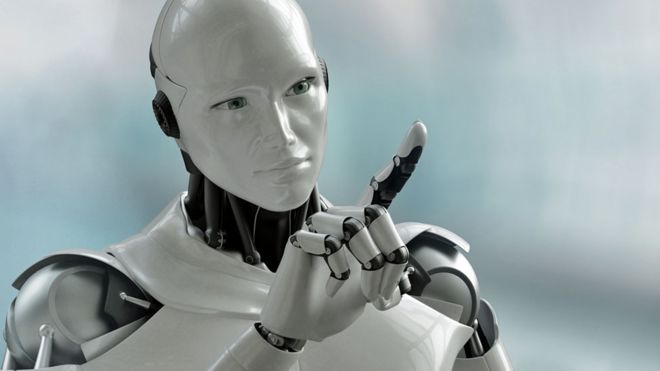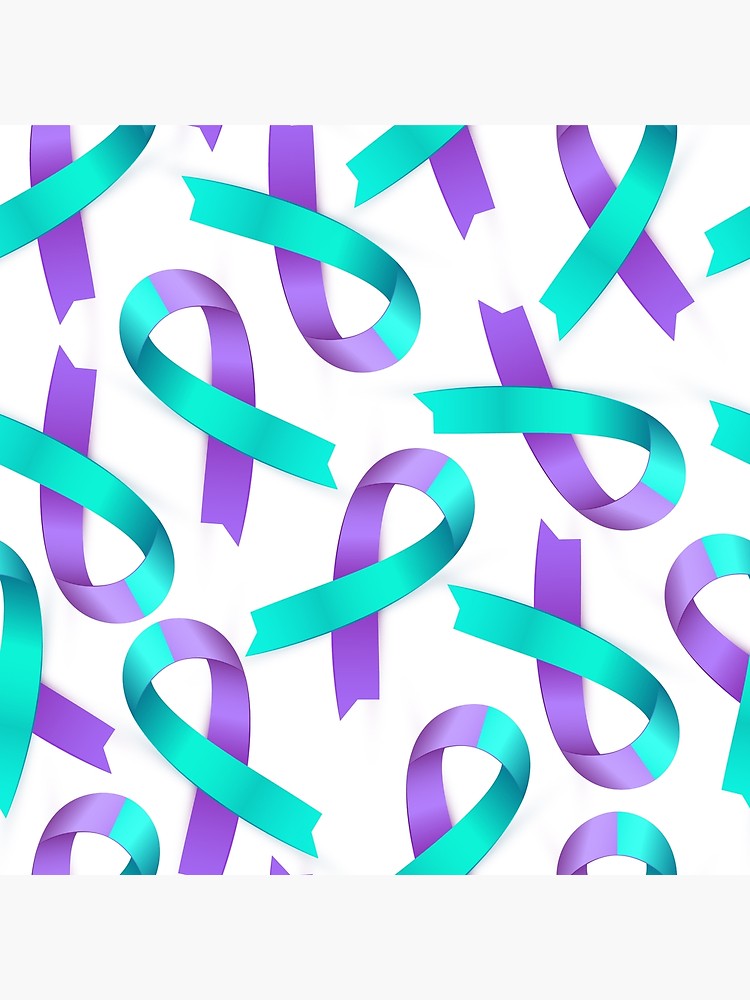Today, an estimated amount of 2.8 billion people are making use of social media networks worldwide, a number that is expected to increase to around 3.1 billion in 2021 (Statistica, 2019). All these people have created a personal profile, established their online presence, and are basically generating an online archive of their lives.
We, humans, are creating a staggering amount of data that is still increasing exponentially. Furthermore, the ability of humans to analyse this data is growing exponentially as well (Brynjolfsson and McAfee, 2017). What if artificial intelligence could analyse this data in such way that it could predict the way that we are interacting right now. Imagine an AI system analysing the data of a very active social media user; learning and understanding the way they interact with their online peers. In the near future, this machine might be able to predict how someone would interact with their peers or their loved ones. The children from now will have created such a vast in amount of data available for this analysis, that once they die artificial intelligence might be able to create a computer personality that is just like them (Ostrow, 2011). Furthermore, with the current advances in technology, a robot or hologram could even be created that would be able to replace that person once they die (Ostrow, 2011). This robot or hologram could even have the same voice, by for example using Google’s data on voice recognition. As can be seen in the videoclip below, robots or holograms that act as humans are already a common theme in movies.
Important questions arise concerning ethicality, privacy and whether we would even want this. Due to the enormous amounts of data we currently produce, people could decide to ‘resurrect’ us, even without our permission. We should start considering this possibility, and what we could do to prevent this. We must come up with new and easier ways to delete all your data when you die, from that Twitter entry from the year 2000, to a recording of your voice.
Brynjolfsson, E. and McAfee, A. (2017). The Business Of Artificial Intelligence: What it can – and cannot – do for your organization. Harvard Business Review.
Ostrow, A. (2011) After your final status update. TedTalks, https://www.ted.com/talks/adam_ostrow_after_your_final_status_update?referrer=playlist-our_digital_lives
Statista. (2019). Number of social media users worldwide 2010-2021. [online] Available at: https://www.statista.com/statistics/278414/number-of-worldwide-social-network-users/ [Accessed 10 Oct. 2019].


